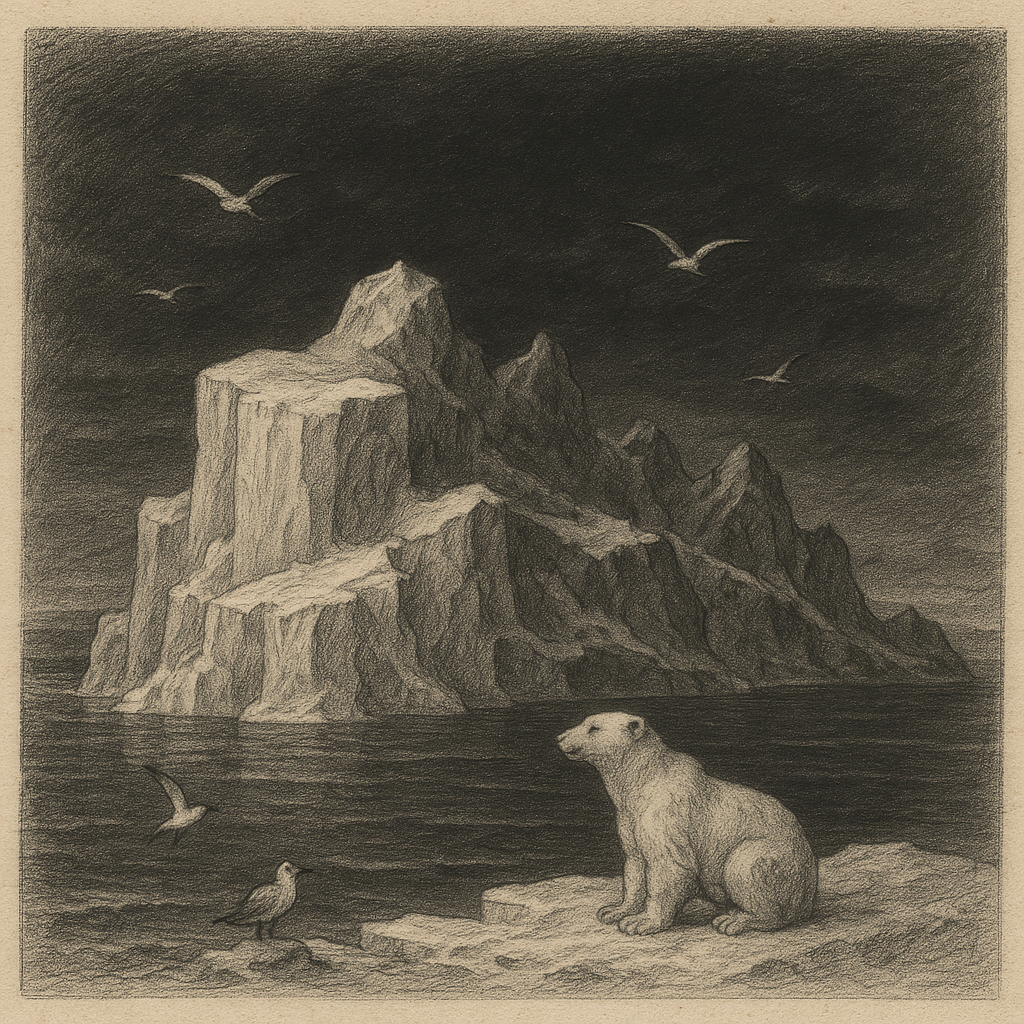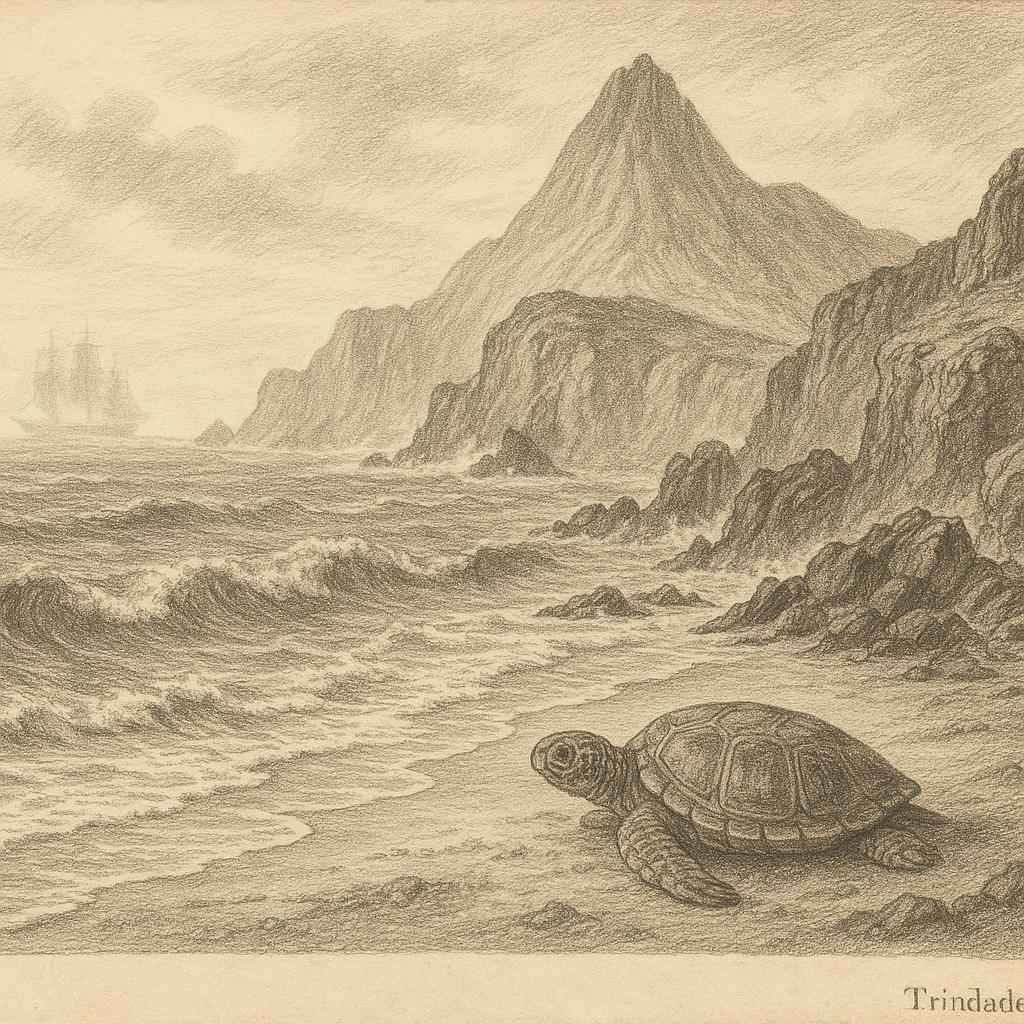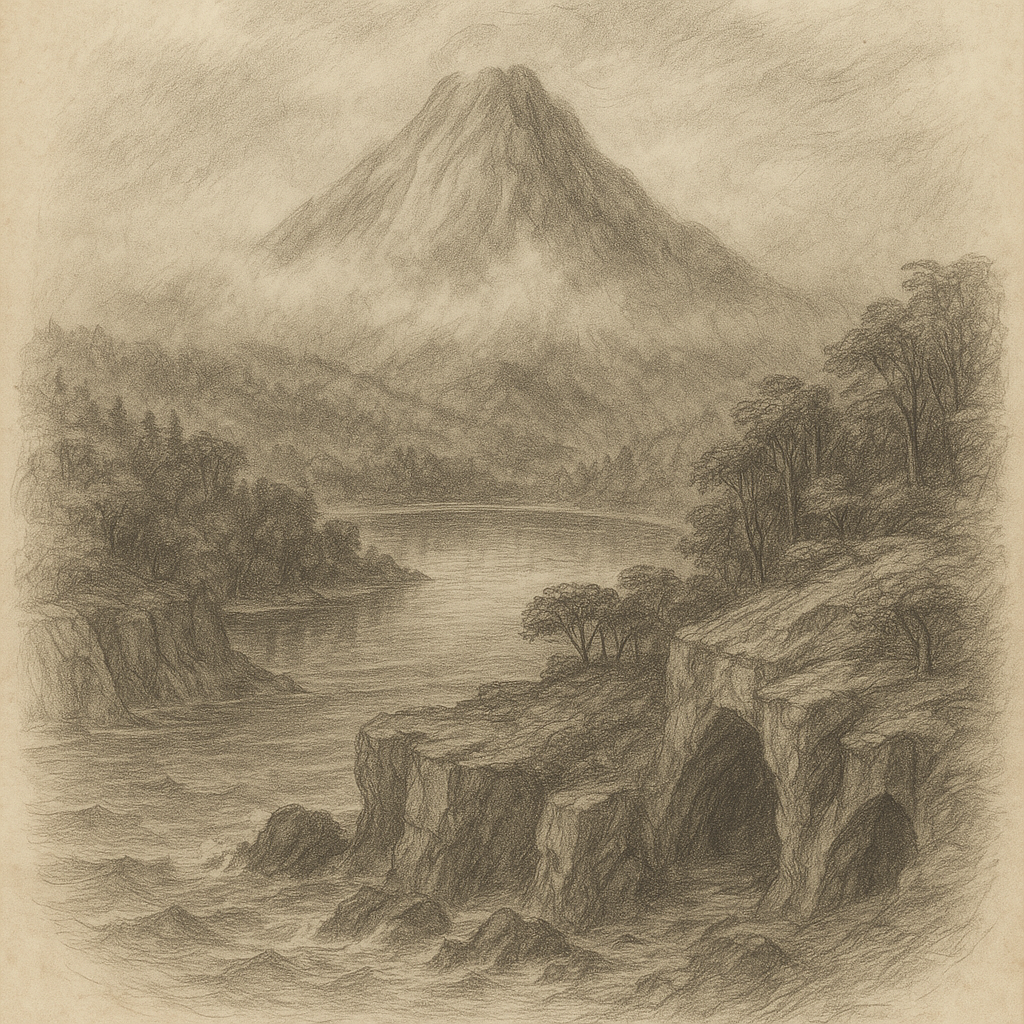Foula Island: A Remote Jewel in Scotland’s Shetland Isles
Foula Island, one of the most remote inhabited islands in the United Kingdom, is located approximately 32 kilometers (20 miles) west of the Shetland Mainland, in the North Atlantic Ocean. With dramatic cliffs, unique wildlife, and a rich cultural heritage rooted in Norse history and local folklore, Foula offers a glimpse into a world few ever experience.
Geography and Location
Foula, meaning “Bird Island” in Old Norse, spans roughly 12.65 square kilometers and is characterized by rugged terrain with dramatic sea cliffs rising over 370 meters at their highest point, on the cliff known as The Sneug. Its remote location, roughly 166 kilometers from the Scottish mainland, contributes to its isolation and mystique.
The island is accessible only by a ferry operating from Walls (on the Shetland Mainland) or by small aircraft landing on Foula’s short airstrip, subject to weather conditions. This isolation is a key feature of the island’s identity, shaping its environment, community, and culture.
Geological and Natural Features
Foula was formed from layers of ancient Devonian sandstone, forged over 375 million years ago. These layers have been shaped by millennia of wind, wave, and glacial erosion, resulting in striking cliff formations and a rugged topography.
The island’s cliffs are among the highest in the British Isles. The Kame, with a dramatic drop of 376 meters into the sea, is a favorite haunt of seabirds and a remarkable natural spectacle. Foula is a haven for birdwatchers, with thousands of nesting seabirds such as puffins, skuas, fulmars, and guillemots populating the cliffs during breeding season.
The surrounding waters are teeming with marine life, and the island’s flora includes rare native species adapted to the harsh, windswept environment.
Population and Lifestyle
Foula’s population has dwindled over the years, with fewer than 40 residents currently living on the island. These inhabitants maintain traditional livelihoods such as sheep farming and crofting, and life on Foula moves at a slower, nature-driven pace.
Electricity is provided by small generators and solar panels, and supplies must be brought in by ferry or plane. Modern amenities are limited, reinforcing the island’s reputation as a place of retreat and serenity.
Despite its remoteness, Foula has a functioning school, post office, and small airstrip. The island’s residents are known for their resilience, self-sufficiency, and strong sense of community.
Unique Cultural Heritage
Foula has deep Norse roots, reflected in its place names and cultural traditions. The islanders retained use of the Norn language, derived from Old Norse, until the early 19th century. This heritage connects Foula to the Scandinavian world more than to mainland Britain, culturally and linguistically.
Foula is also known for maintaining the old Julian calendar longer than any other part of the UK. For many years, Foula celebrated Christmas and New Year almost two weeks after the rest of Britain, according to the pre-Gregorian calendar—a practice that adds another layer to the island’s cultural uniqueness.
Interesting Facts about Foula
– Foula was the filming location for the 1937 British film “The Edge of the World,” directed by Michael Powell. The film dramatized the evacuation of a remote island community and brought global attention to Foula’s striking landscape.
– The island’s seabird colony is one of the most significant in Europe in terms of density and diversity. Foula is designated as a Site of Special Scientific Interest (SSSI) and a Special Protection Area (SPA).
– Foula’s time zone is officially in line with the rest of the UK, but due to its distance from the mainland and its position far to the northwest, it experiences long summer evenings and extended winter nights.
Legends and Folklore
Foula is steeped in legends passed down through generations. One of the most enduring tales speaks of the island being a last refuge of the mythical Selkies—seal-people who could transform into humans. According to local lore, Selkies would shed their skins to walk on land and occasionally fell in love with humans, leading to tales of mystery and melancholy.
Another legend claims Foula was once part of the lost land of Huldaland—a mythical kingdom that vanished beneath the waves. These stories underline Foula’s mystical allure and the deep ties between the island’s residents and the forces of nature around them.
Additionally, some locals speak of strange lights seen over the sea—thought to be ghost ships or omens—and supernatural occurrences during long winter nights, when storms rage and the island feels utterly cut off from the outside world.
Conservation and Access
As with many remote ecosystems, Foula faces environmental challenges such as climate change and the introduction of invasive species. However, the small population and low visitor numbers mean it has retained much of its natural integrity.
Visiting Foula requires advanced planning and respect for its delicate environment and tight-knit community. Those who make the journey are rewarded with unmatched views, rich wildlife encounters, and a sense of having stepped outside of time.
Conclusion
Foula Island stands as a testament to isolation, resilience, and harmony with nature. From its towering cliffs and nesting seabirds to its Norse past and haunting folklore, Foula captures the imagination of those drawn to the edge of the world. For the intrepid traveler, Foula offers not just a journey across miles, but across centuries into a setting where nature governs and history whispers through the wind.


